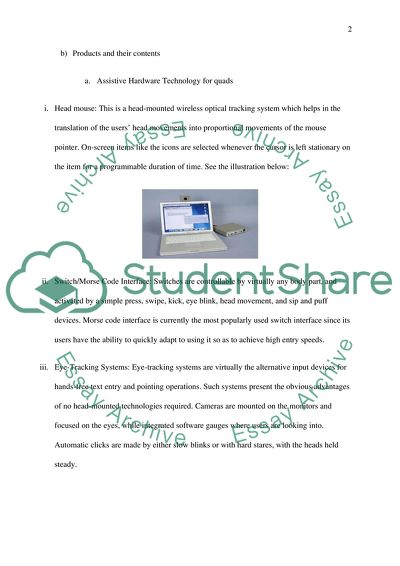Cite this document
(Human-Computer Interface and Usability Assignment Example | Topics and Well Written Essays - 1500 words, n.d.)
Human-Computer Interface and Usability Assignment Example | Topics and Well Written Essays - 1500 words. https://studentshare.org/information-technology/1805934-hci-usability
Human-Computer Interface and Usability Assignment Example | Topics and Well Written Essays - 1500 words. https://studentshare.org/information-technology/1805934-hci-usability
(Human-Computer Interface and Usability Assignment Example | Topics and Well Written Essays - 1500 Words)
Human-Computer Interface and Usability Assignment Example | Topics and Well Written Essays - 1500 Words. https://studentshare.org/information-technology/1805934-hci-usability.
Human-Computer Interface and Usability Assignment Example | Topics and Well Written Essays - 1500 Words. https://studentshare.org/information-technology/1805934-hci-usability.
“Human-Computer Interface and Usability Assignment Example | Topics and Well Written Essays - 1500 Words”. https://studentshare.org/information-technology/1805934-hci-usability.


